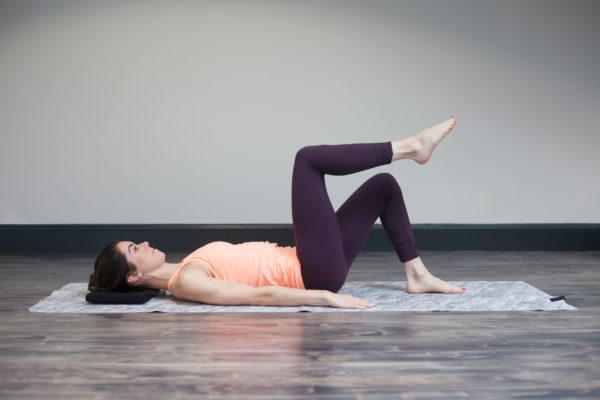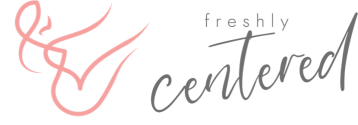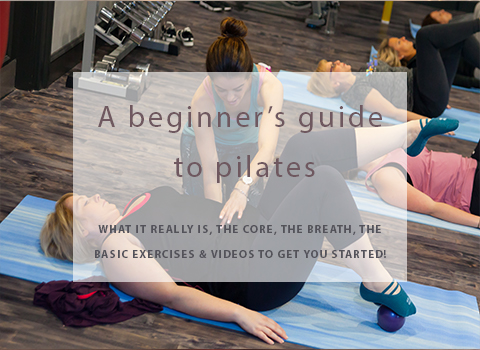What is pilates
Pilates is movement from your centre, the core area of our bodies. All movements start from here and it is strongly emphasised throughout exercise to move from here. The key principles of Pilates include precision and control of body movements, body awareness, breathing control, and continued flow of movement. Pilates exercises combine strength & mobility – they lighten the load on your spine and joints by correcting muscle imbalances and tension. Pilates allows you to move with your body’s natural movement patterns for more efficient and effective movement.
The core muscles are close to your spine and activation of them provides stability. Increased core stability allows the spine to move through each vertebral movement more easily and activities such as bending and reaching out are easier to achieve with less strain on the body.
Within sport this core stability allows you to control your movements as your core base is strong and stable. You can stride wider, reach further, exert more power, and balance longer. Any action with the arms and legs becomes more effective because your core base supports the body.
The neutral position
Pilates teaches us to begin exercises in the “rest position”. This correct technique ensures your muscles and joints are where they should be, so their work is optimised and you achieve the best results from moving more efficiently and without compensation elsewhere. It also ensures your safety from injury. Here we look at the two most important aspects of the pilates rest position: neutral spine and ribcage position.
Neutral spine:
Every pilates exercise begins in the neutral spinal position. This means resting your spine and pelvis in “neutral”; with your lower back neither tilted in towards the mat or arched away from the mat. Research tells us the exercising in neutral is the most efficient position for activating the core muscles compared to exercising in the tilted positions. Plus, we don’t walk around with our backs flattened or with exaggerated curves therefore we shouldn’t exercise like this either! The exercise position should reflect our “normal” spinal position for best results. This also applies to side lying positions when I cue you to create that “small lower waist gap”. This ensures symmetry on either side and promotes optimal posture to exercise in.
Ribcage position:
Drawing your ribcage down towards your hips allows optimal spinal alignment. By having this connection it also activates your core muscles. Ribs that regularly “flare” or lift upwards means that you have lost your core connection and ideal posture, therefore you are no longer working in the optimal position or getting the core tension you require/want.
How to engage your core
For most of our pilates exercises we encourage a gentle core engagement prior to the movement. This ensures you have the core support required for the exercise in preparation, and that you are working these core muscles too, providing a strong and stable trunk to work from.
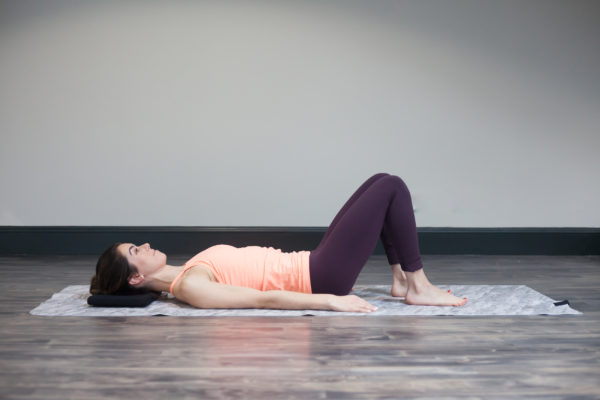
To engage your core: Lie as per the picture above. Place your fingertips over the front of your hip bones and then move them 2 inches inwards and downwards so you are in your lower abdominal region. Gently draw these muscles IN towards the mat about 30% or so. Imagine your belt is tightening and pulling you inwards. This should only be approx. 30% because any greater than this and you will recruit more superficial muscles that are not required for core support, and also fatigue much earlier.
Pilates breathing technique
Becoming familiar with your natural breathing pattern can have a positive effect on your mental health, emotions, reactions to stress and anxiety, and muscular tensions. Breathing more efficiently during exercise can also improve your muscle activation and performance. For more in-depth info on pilates breathing read this.
Pilates exercises are encouraged with a natural breathing pattern to breathe in wide and full to the sides of the ribcage. This is called “lateral” or “intercostal” breathing and promotes the full use of your ribcage and respiratory muscles. Like any muscle, they need to be exercised to cope with increased physical demands. As you exhale you should empty your lungs fully and allow relaxation of the muscles and ribcage. This pilates breathing system of inhalation and exhalation allows the gas exchange of oxygen and carbon dioxide to occur effectively and minimises any build up of muscular tension.
Breathing is one of the principles of pilates and its use is further promoted so that we exhale on the aspect of the movement that requires the greatest effort. This is because the core muscles are activated earlier during expiration, therefore by breathing out on the hardest exertion you will create the greatest support from your core muscles. This gives local spine stability and support.
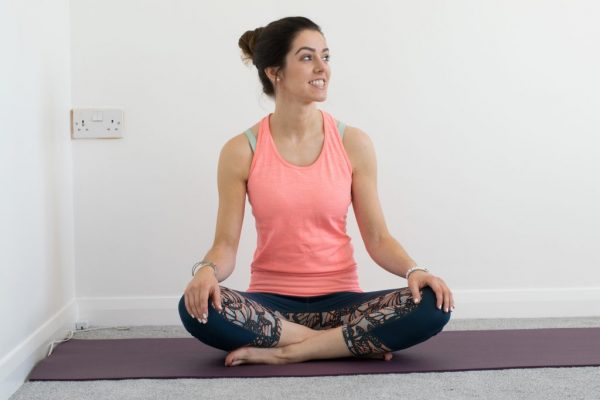
Breathing summary:
Breathe out on the hard part of an exercise (the movement) = greater core muscle activation = greater spine support.
Breathe in on the easy part (returning to the start position) = least resistance to your breath = less muscle tension = greater recovery for your breathing.
A few basic pilates exercises to try:
Overhead arms: Engage your core, keep the ribcage drawn down. Bring the arms softly overhead, then back to the start position. x10. 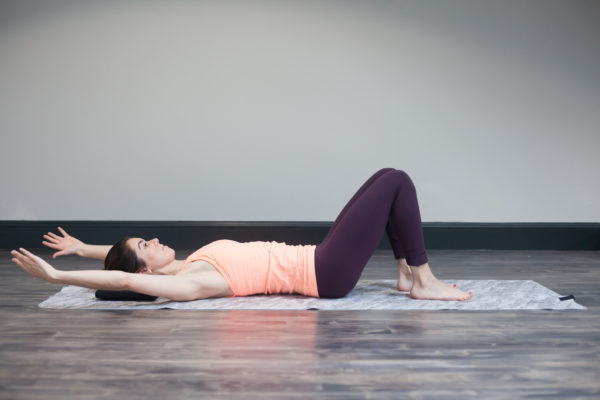
1 leg stretch: Bring one leg up to 90 degrees with knee bent, then extend the leg out straight. Bring it back to 90, then down to the start position. x10.
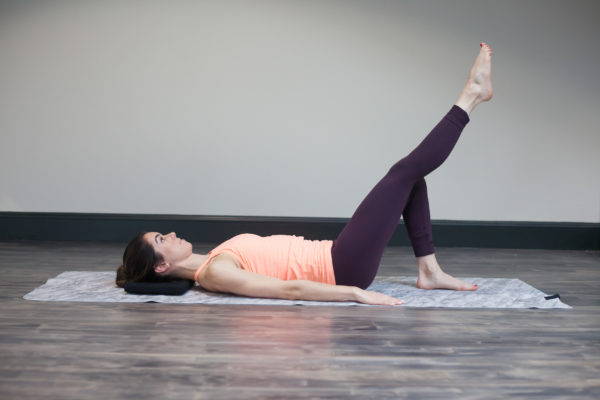
Hip twist: Open one knee out to the side, moving from the hip joint. Move it back to the start with control. x10.
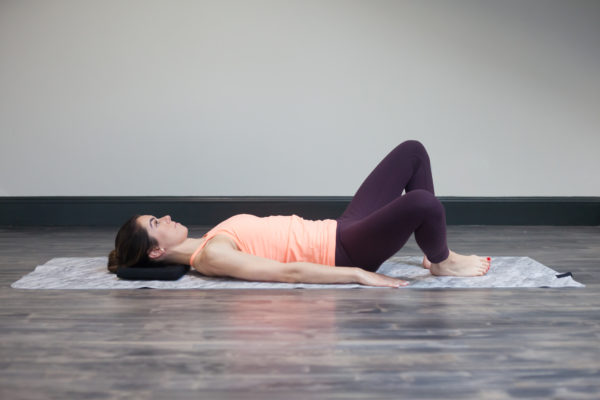
Scissors- raise one leg up to 90 degrees, and then lower back down. Alternate legs keeping the alignment and precision. x10.
